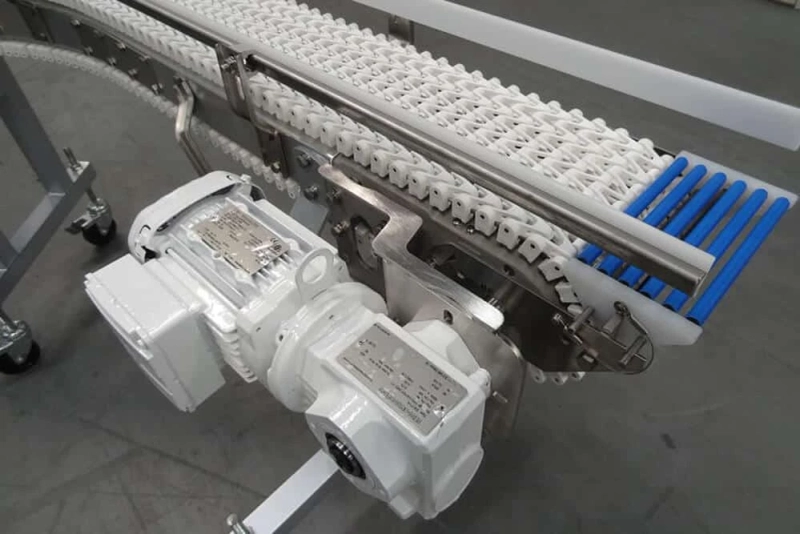Material handling conveyor systems play a huge role in the manufacturing environments. They help to ensure factory and warehouse functionality operate at optimal efficiency. In today’s market, transfer conveyors are extremely customizable. They provide a partnership between the conveyor designer and the manufacturing process to afford businesses unrealized efficiency. Because of their importance to the daily operation and success of material management, it is vital they are assessed on a regular basis.
Materials Used to Manufacture Conveyor Belts
One of the most common areas to wear out is the conveyor belts. Belts can be made from:
- Rubber
- Fabric
- Plastic Polymer
- Steel Mesh
For plastic modular and metal belt conveyors employed a toothed sprocket, gearing system. For the fabric and rubber belts, a pulley or drum system is used. Obviously, each belt has its limitations and its assets which is why it is important to match the belt to the application.
Belt Assessment Factors
All belt conveyor systems should be reviewed and thoroughly checked at a minimum of once a year. The frequency of the assessments may increase given the following factors:
- Belt Type and Age
- How the Belt is Employed
- Material Type, Weight, and Size
- Industry Standards Regarding Use Cycles
Material Handling Conveyor Assessment
While it is important to perform a thorough assessment every year, it is also important to do visual inspections for wear every day. The most comprehensive assessments utilize special tools and technologies to determine wear rates and replacement cycles.
With modular design, any belt replacement can happen quickly and efficiently without extensive downtime. In non-modular designs, the entire conveyor system would have to be brought offline while belts were being replaced. Now, however, with modular design, smaller sections of the conveyor system can be brought offline while other areas can remain operational.
The challenges of conveyor systems can include the following:
- Carryback
- Mistracking
- Spillage
- Slippage
Carryback
This most commonly occurs in conveyor systems which transfer food goods. Carryback occurs when materials stick to the belt and are brought back from the destination. This can damage the conveyor belt itself as well as the gearing mechanisms that move the belt. If carryback is not addressed it can result in the following:
- Higher Maintenance Costs
- Increased Downtime
- Safety Hazards
Mistracking
Carryback is the biggest factor in leading belts to mistrack. However, it is not the only cause.
- Poor Belt Splicing
- Off-Center Loading
- Uneven Belt Wear
Spillage
The simplest definition is product loss. This can happy with carryback but also at transfer points in material handling conveyor systems.
Slippage
The type of material conveyed, along with its weight and dimensions can all lead to potential belt slippage. It might be a pulley not gripping a belt tightly enough or a motor straining under the load.
All of these assessments need to be done not only for retractable conveyor systems but transfer conveyor systems as well. We can address your conveyor system needs. Contact us today for more details.



